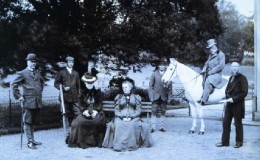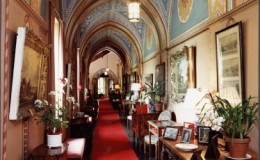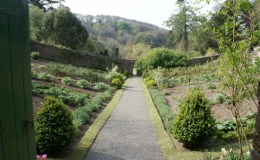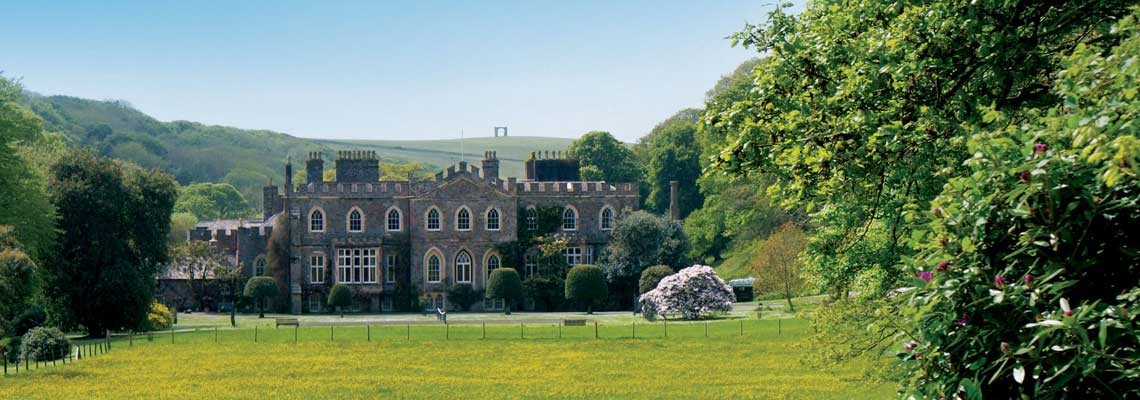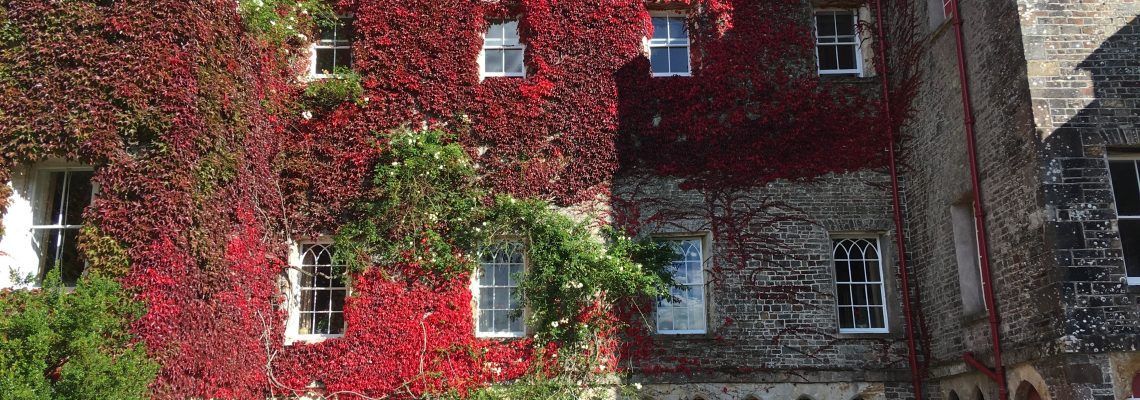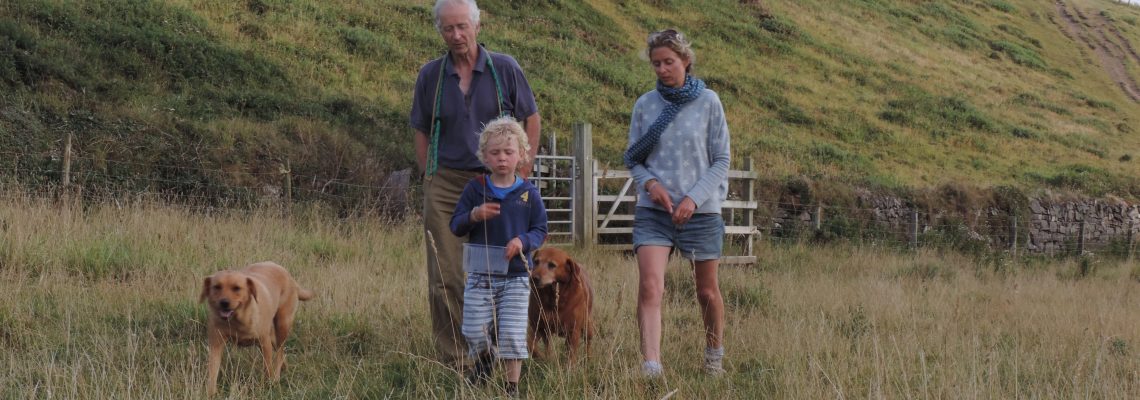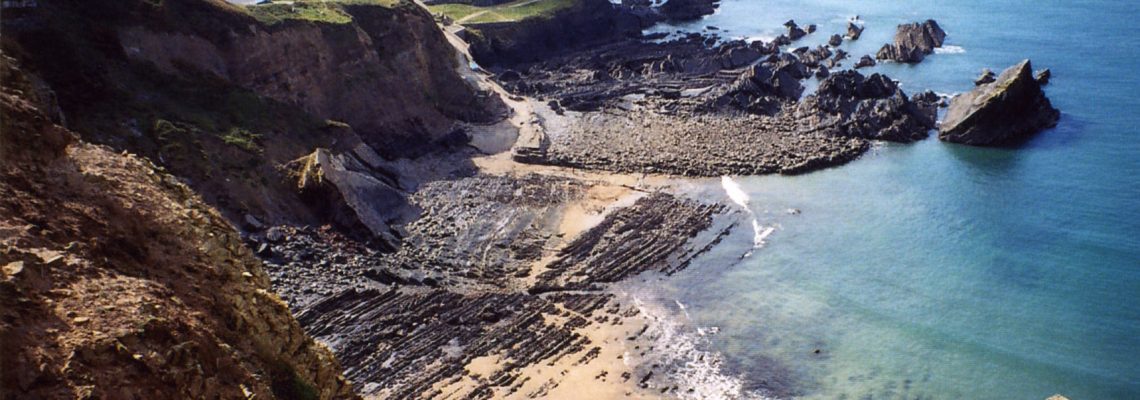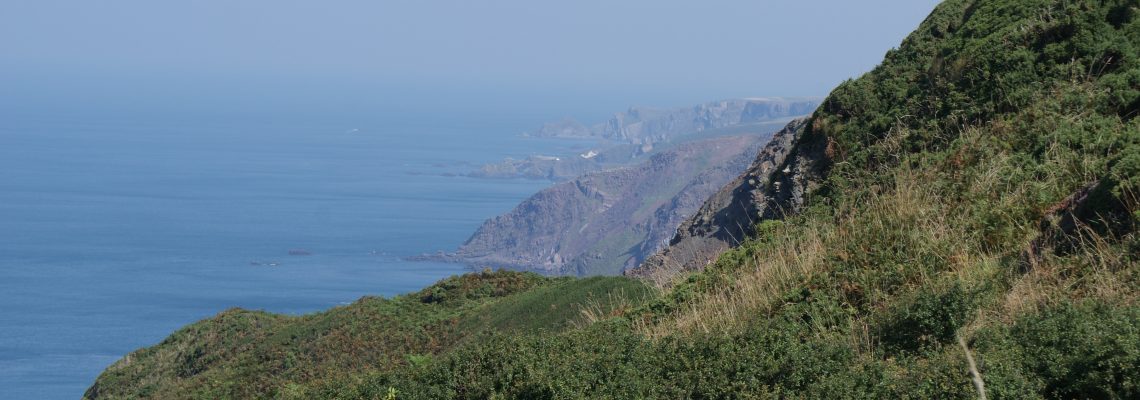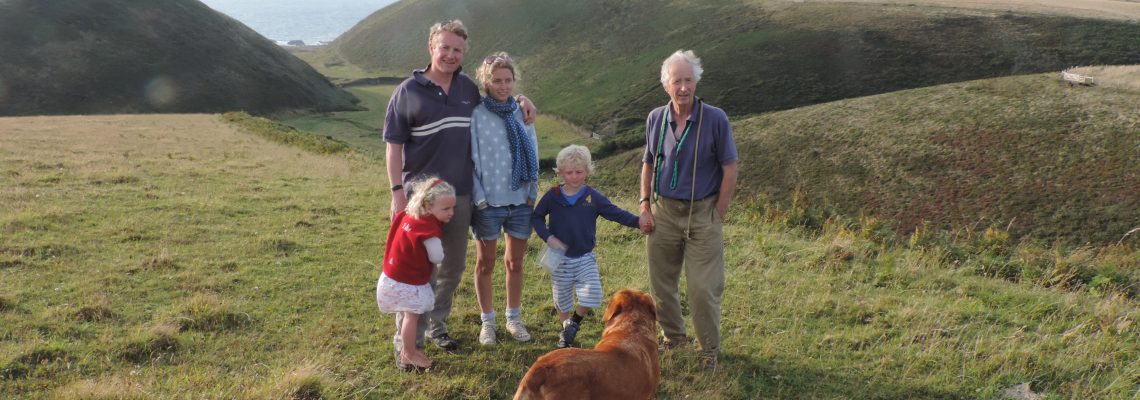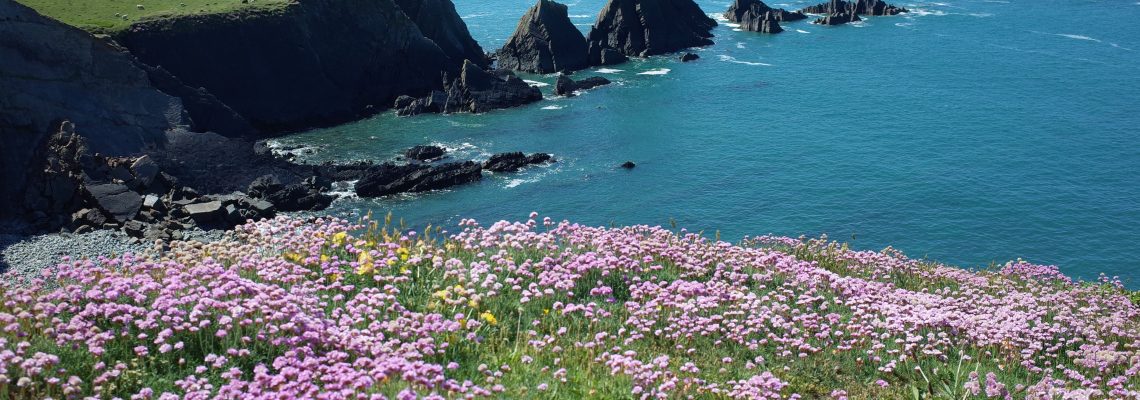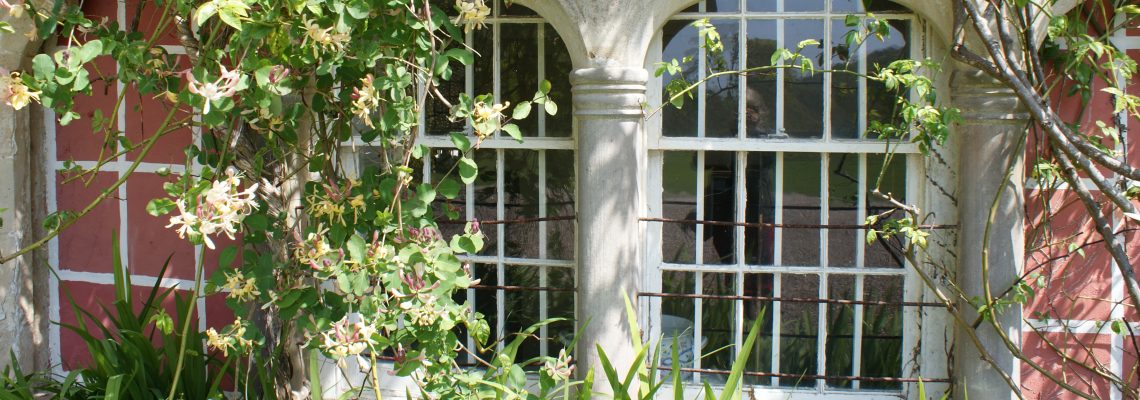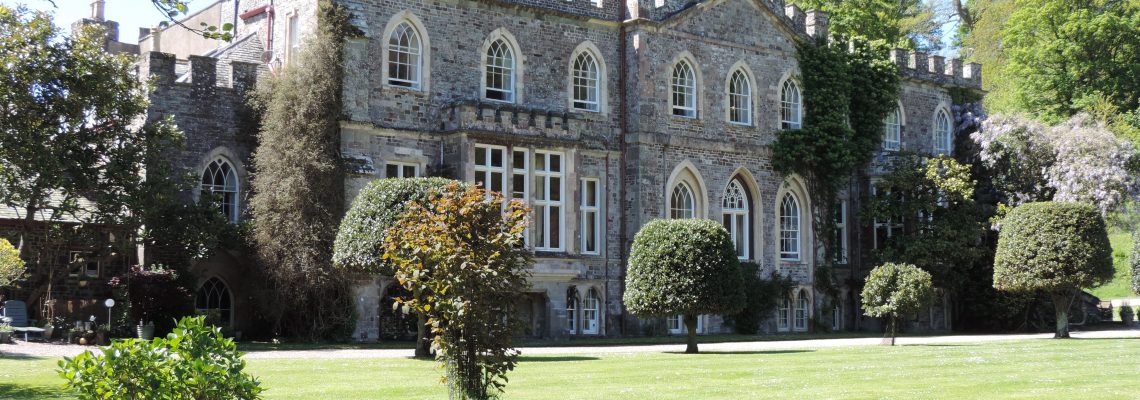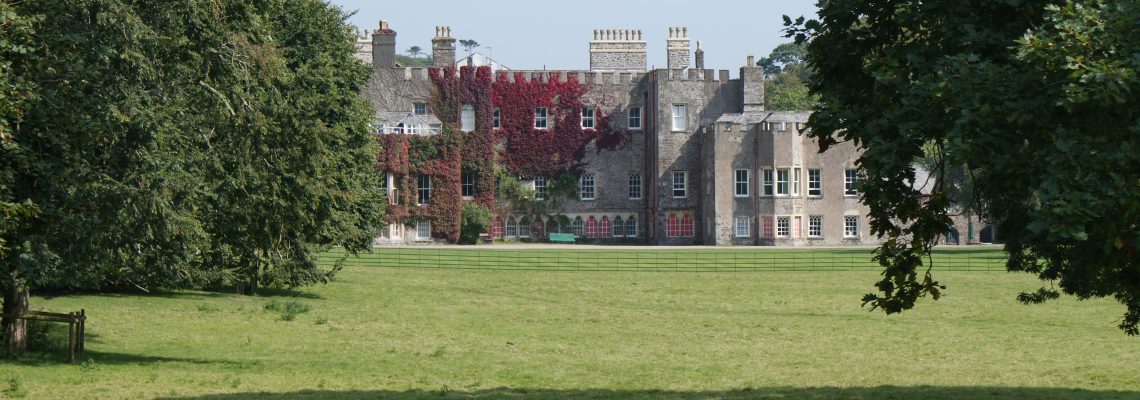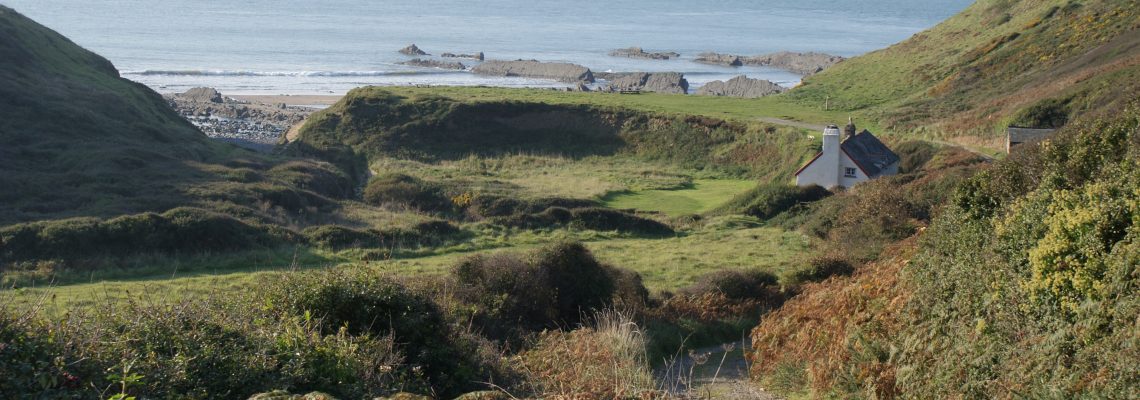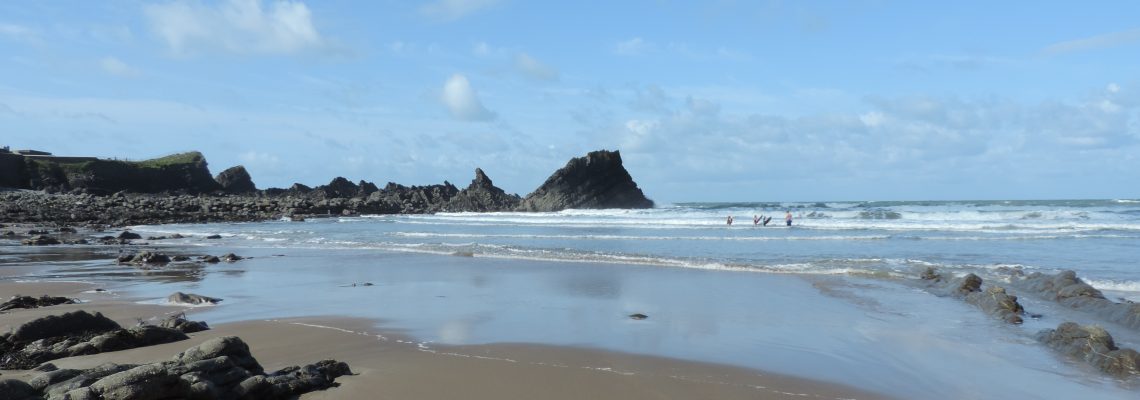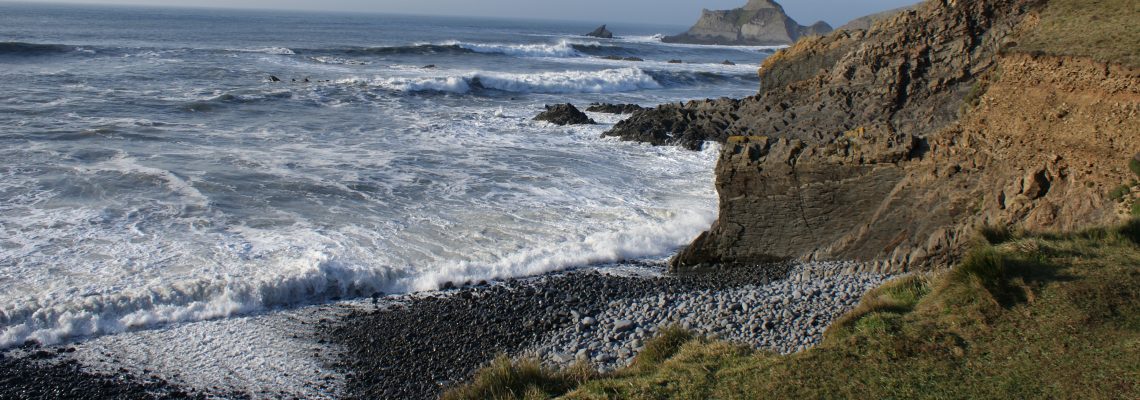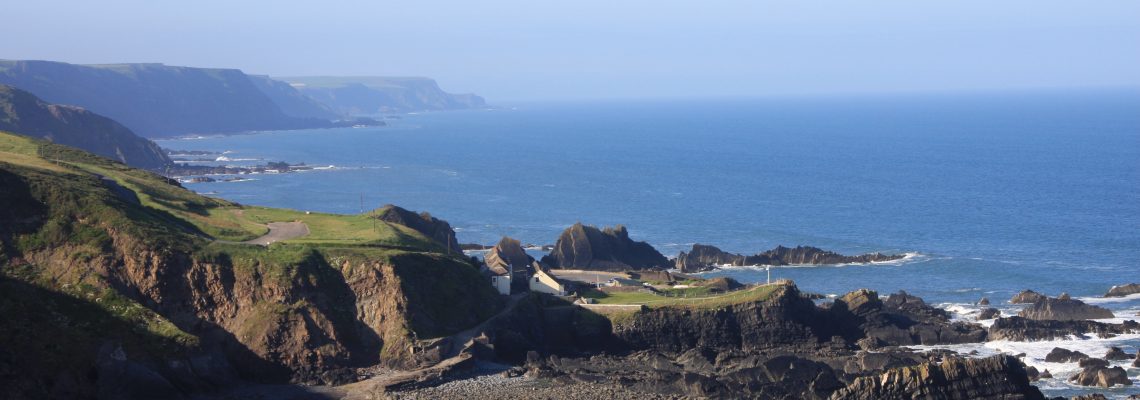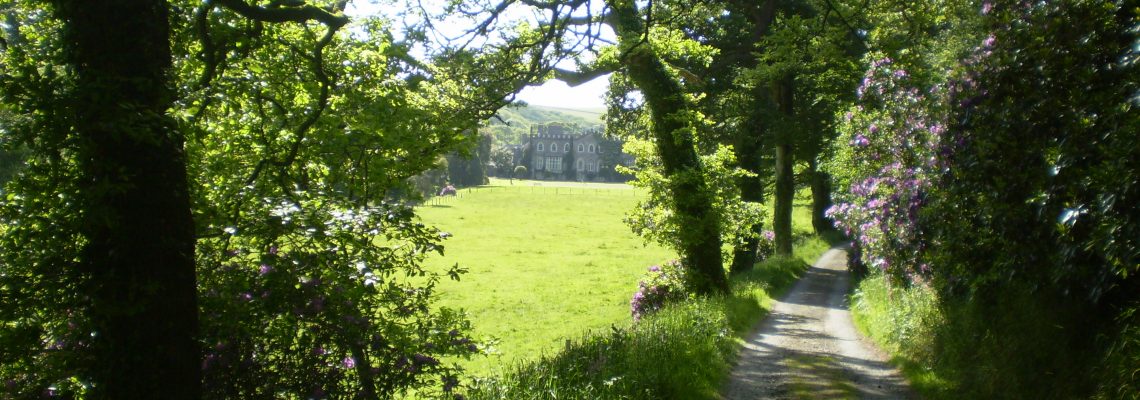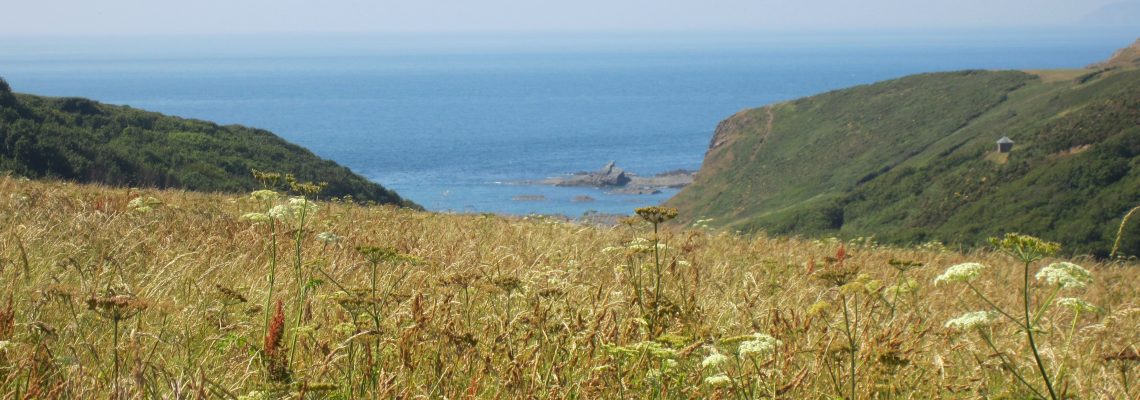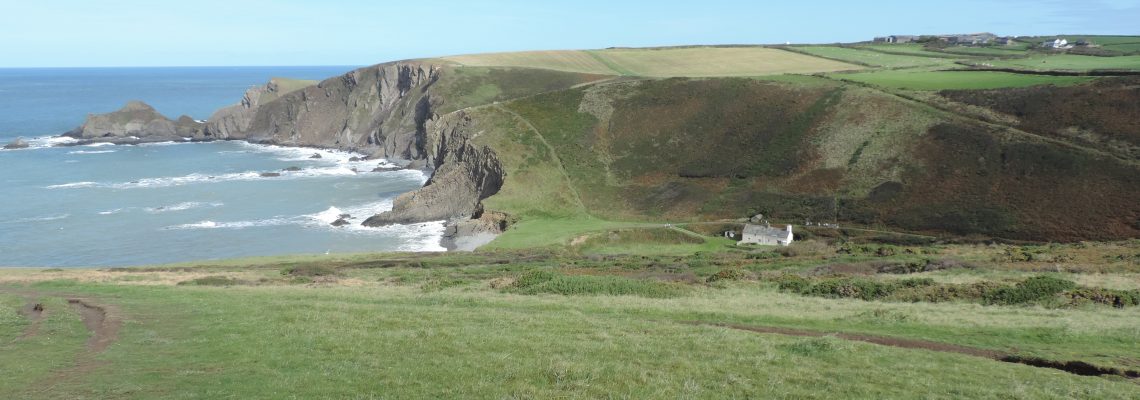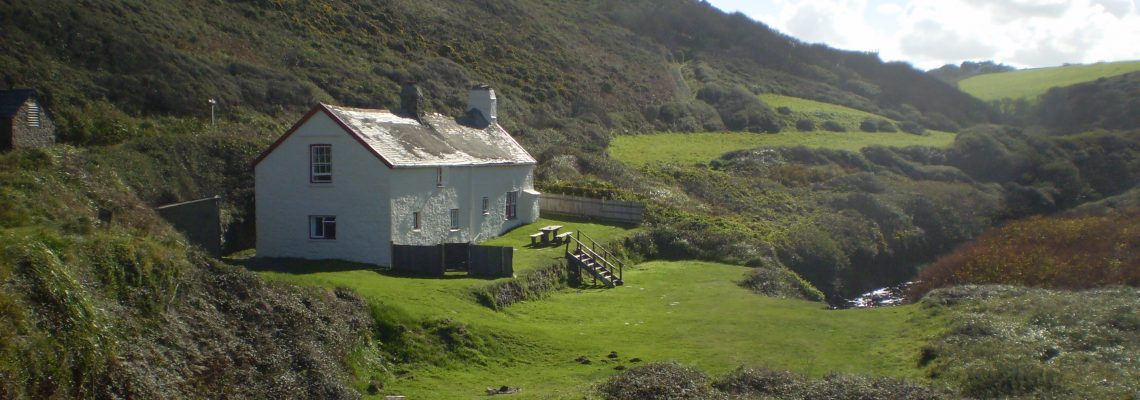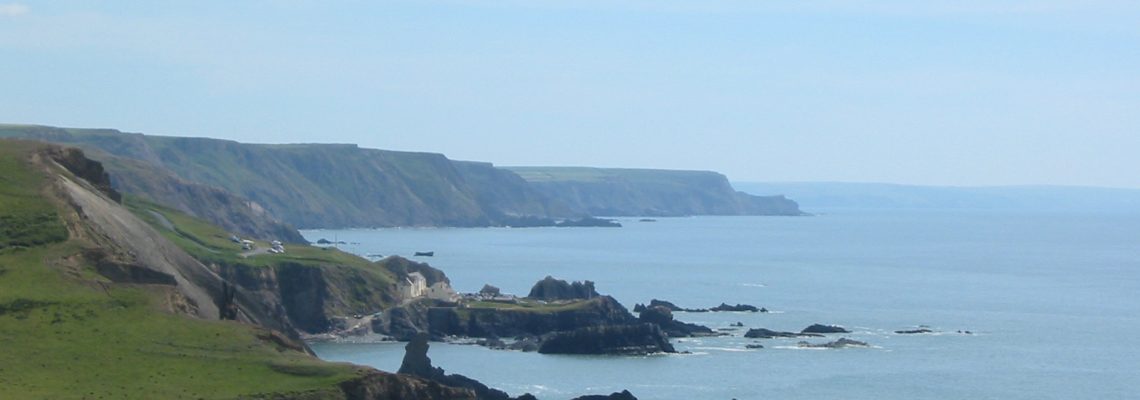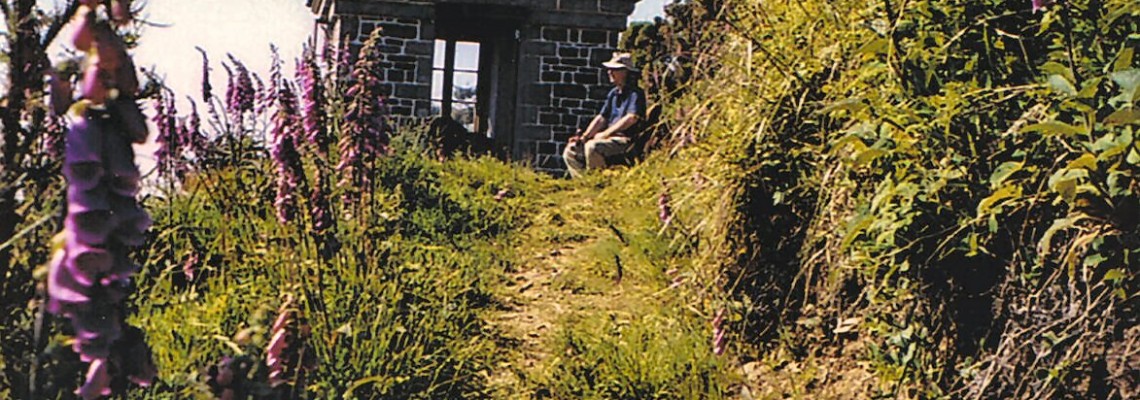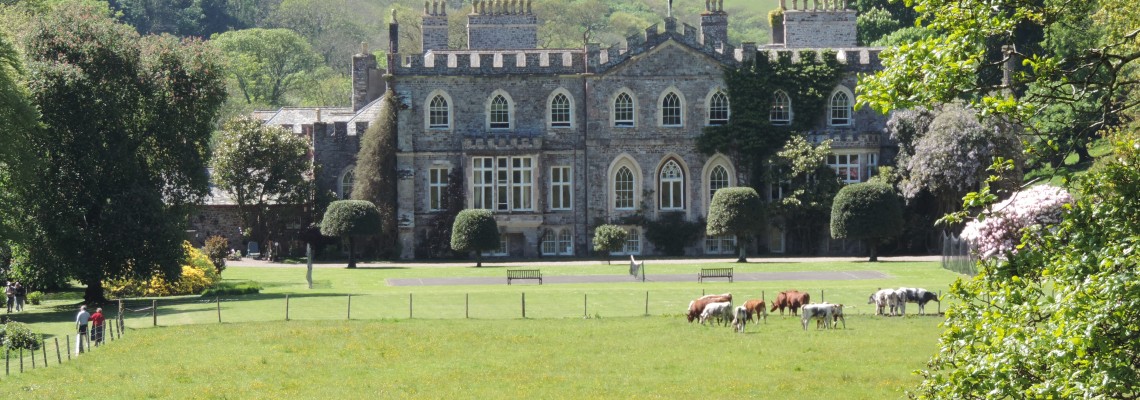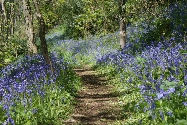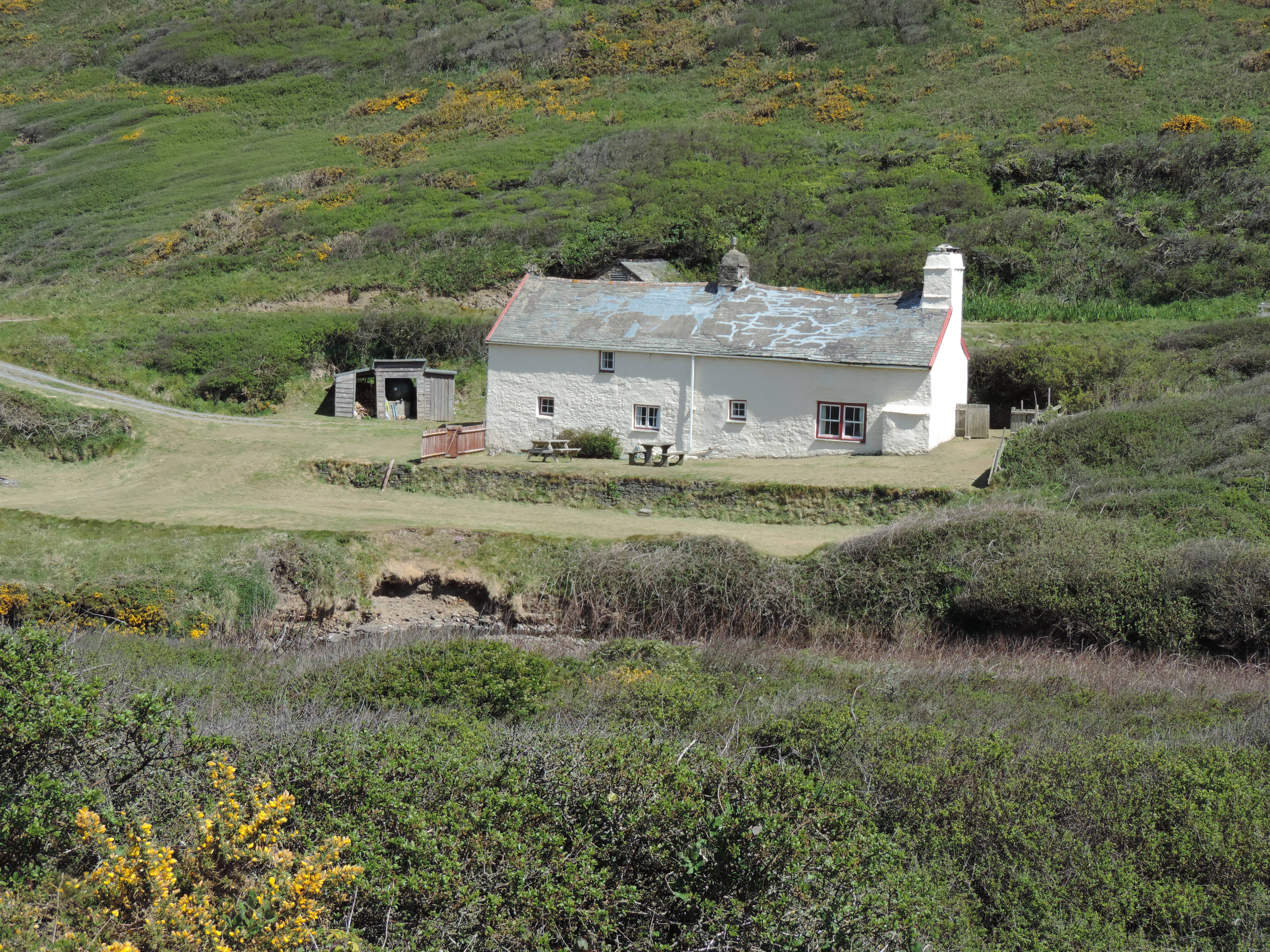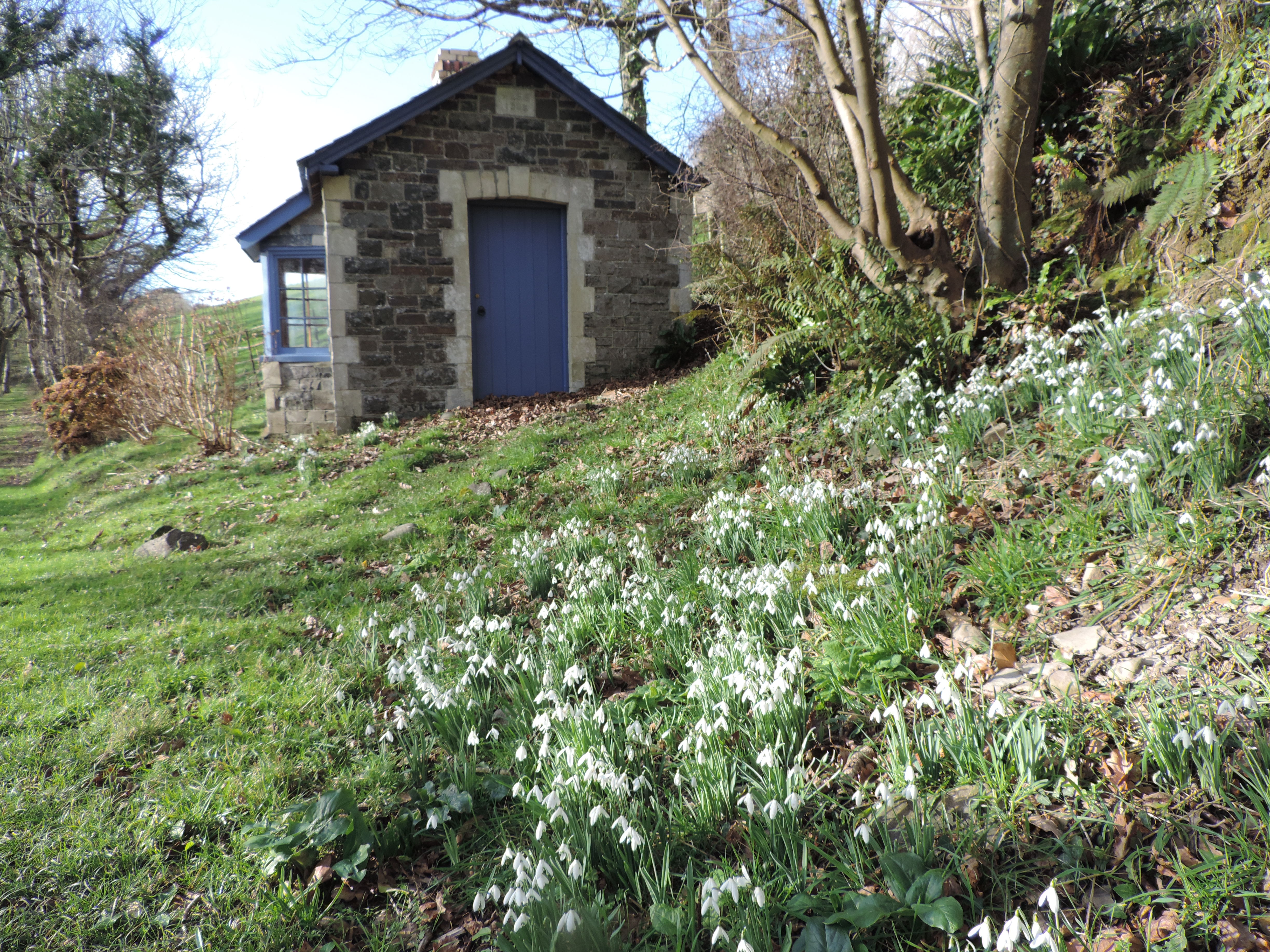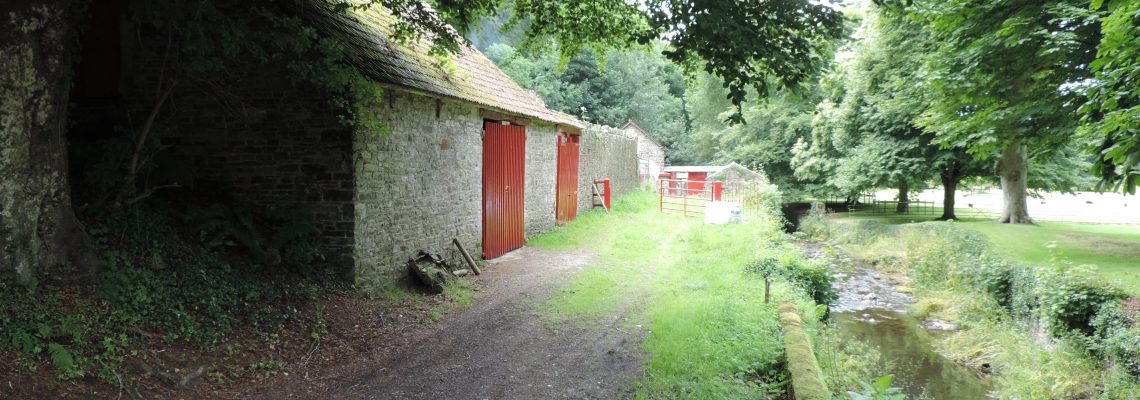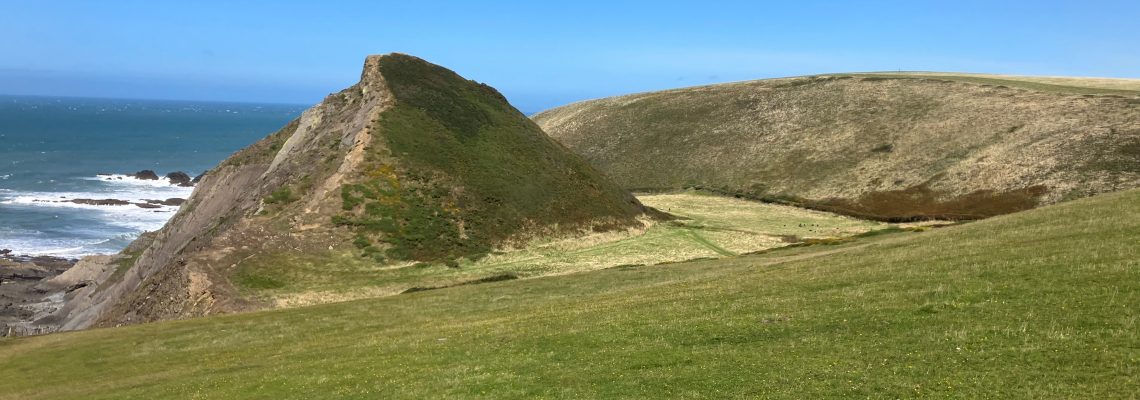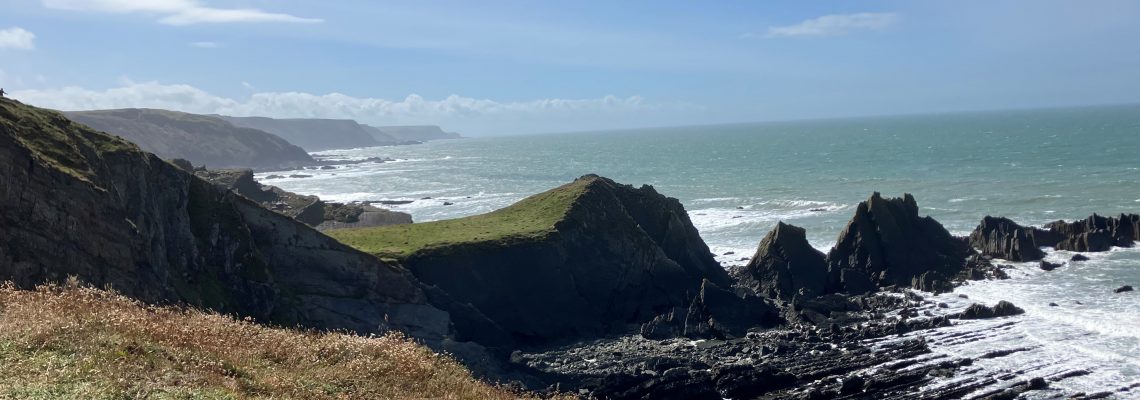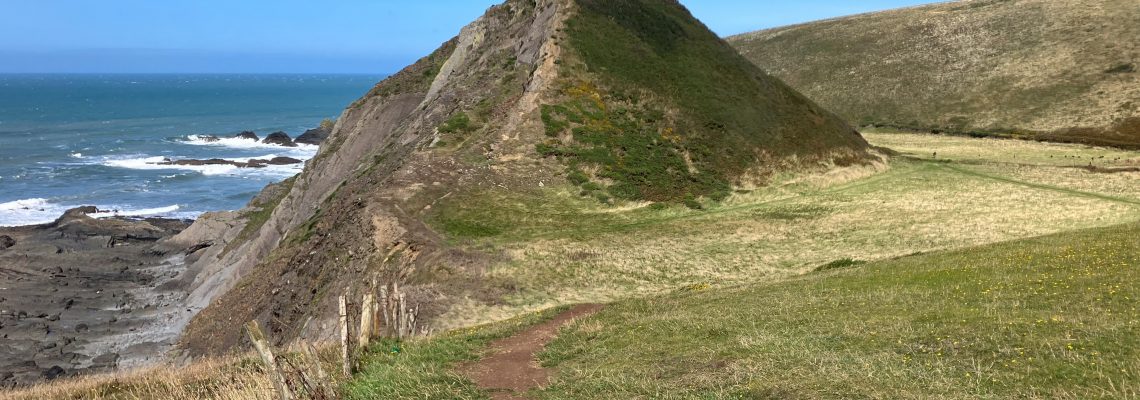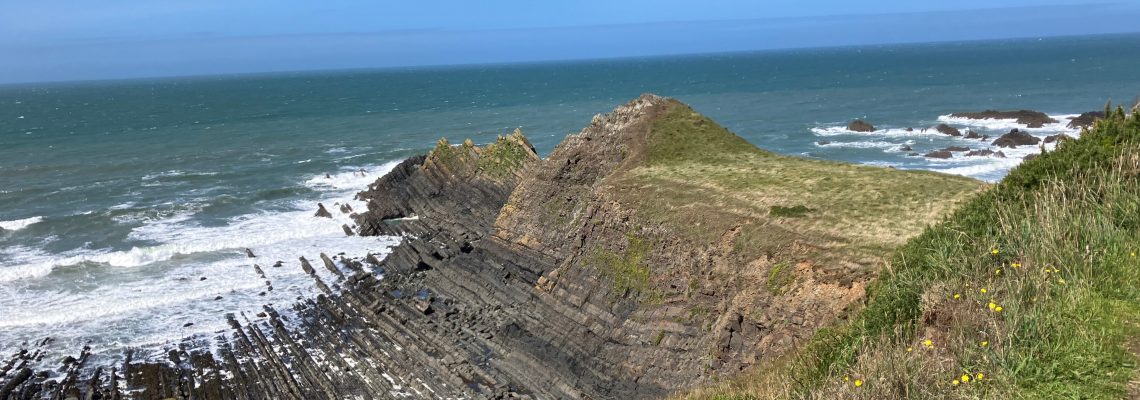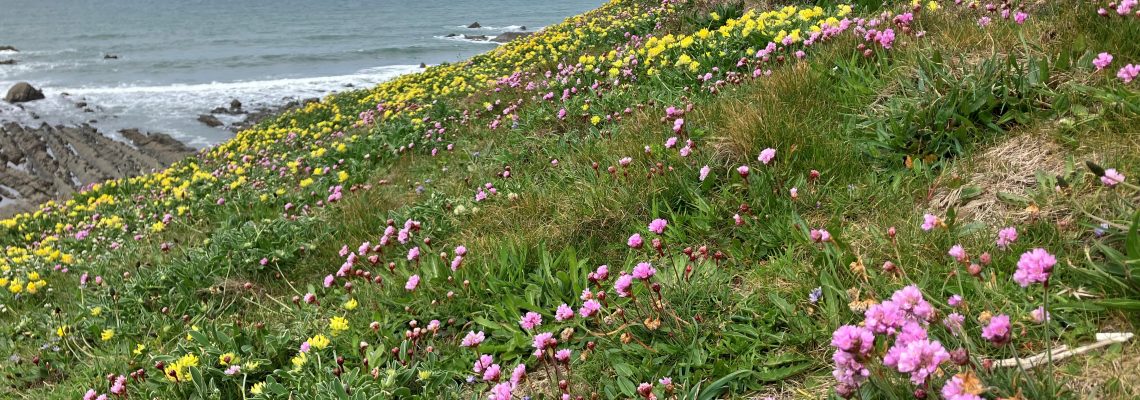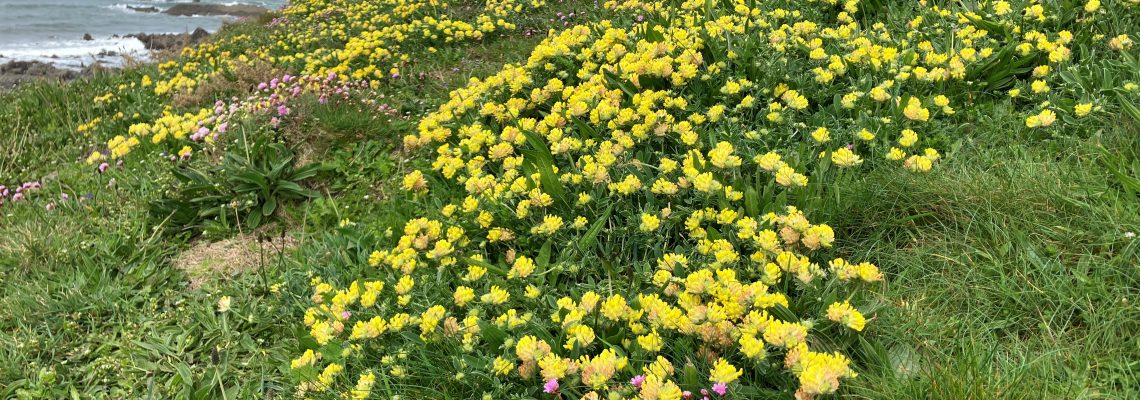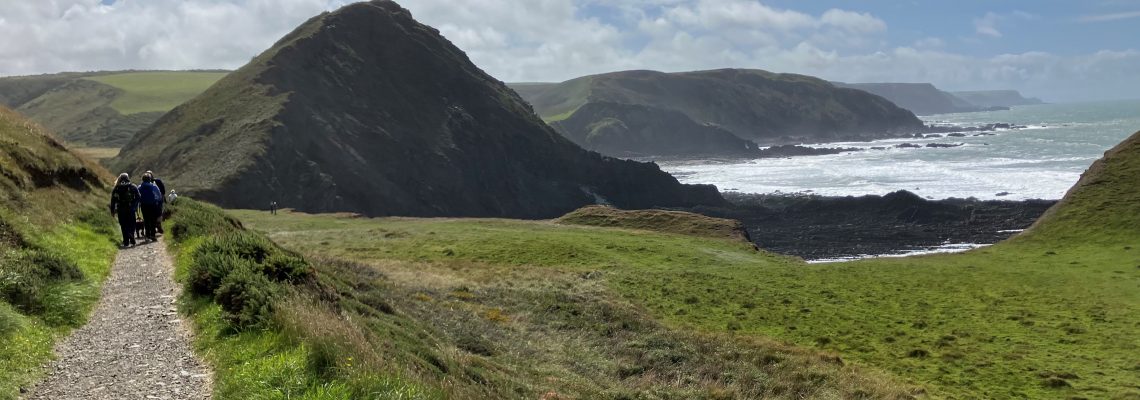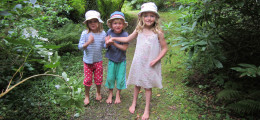The Hartland Abbey Estate
We are in the process of adding this new page to our website with information on the Hartland Abbey Estate, our environmental projects etc. It will be ‘work in progress for a time with images and text still to be added.
History
During the 380 years from 1160AD when Hartland Abbey served as an Augustinian monastery it was supported by an agricultural estate made up of land centred around the monastic buildings and further land within the parish of Hartland. Evidence still remains to this day of the Swannery at the foot of St Catherines Tor and of the monks’ pond, at the bottom of the park, where they caught their fish for Friday.
At the time of the Dissolution of the Monasteries in 1539 the Abbey and the Abbey lands were gifted to the Abbott family by Henry VIII and the estate would have remained much the same for the ensuing 150 years. In 1702 Mary Luttrell (the heiress to the Abbey) married a well-to-do Cornishman, Paul Orchard. The Orchards were considerable landowners in west Devon and Cornwall and the marriage would have substantially enlarged the Abbey estate stretching its boundaries well into Cornwall.
It was during the Orchard tenure of the Abbey that there were sufficient funds for a major restoration, developing the house from a medieval monastic building to an up-to-date gentleman’s residence, reflecting the mid-Georgian, Strawberry Hill, architecture so fashionable at the time. The monastic walled gardens that lay on the west side of the Abbey were demolished and moved to their present position in a more sheltered south facing combe at the top of the front drive.
In the mid 19thC Sir George Stucley built the Home Lodge in a style common to so many country house lodges of that period. In keeping with the Victorians’ enthusiasm for ever longer approach drives, an extension to the front drive was established through The Vale with another lodge to guard its entrance on the west side of Hartland village. Sir George also added the bay windows to the east facing side of the Abbey, as you see it today, and built the stables by the back drive.
In the later half of the 19thC Sir Lewis Stucley’s wife, Marion, developed the shrubbery on the south side of the Abbey stream which she named ‘the river’s distraction’. In 1906 the summer house beside the Berry lane was built with a connecting footpath through the Berry woods to the gazebo overlooking the Atlantic.
The medieval cottage on the cliff’s edge at Blackpool Mill was originally the site of the estate corn mill. It later became two farm workers’ dwellings until in the 20thC it was converted into a holiday cottage.
The Abbey estate combined with the Orchard estate would have survived intact as one of the largest landholdings in Devon through the entire Victorian era. Not until the turn of the century would death duties take their toll and force the sale of large swathes of land in both Devon and Cornwall.
The estate as it exists in the 21st century is a very much reduced affair comprised of the Abbey and surrounding agricultural buildings, the walled gardens, Hartland Quay and three kilometres of coastline from Blegberry waterfall in the north to Spekes Mill Mouth in the south narrowing back to a point just below Hartland village.
Up until the Second World War the Deer Park, situated on the west side of the Abbey, was grazed by a picturesque herd of fallow deer. During WW1 deer parks were taxed, so the deer were released to roam the surrounding countryside and were replaced by a pedigree flock of Black Welsh Mountain Sheep which still graze the park to this day. On the east side of the house known as the Upper Lawns, a small herd of Guernsey cows were kept to produce milk for the house. Sadly by the early 1960s the economics of this enterprise had rendered it hopelessly impracticable and the milking cows were replaced by some store cattle.
We are proud to host the South West Coast Footpath which traverses our three miles of coastline. It offers some of the most challenging and spectacular walking in the British Isles and is without doubt the jewel in the crown of West Country tourism. Adjacent to the Coastal Footpath perched on the cliffs only a mile from Hartland Abbey is Hartland Quay with its Hotel and Wreckers Retreat Bar. Offering comfortable accommodation and good food it is a great place to visit for the day or stay overnight. With stunning views over the Atlantic to Lundy Island, the historic Quay has direct access to the beach where huge waves crash over the Quay in rough weather or calm, clear beautiful waters lap the shore in summer. Artists, photographers and geologists are drawn to the stunning coastline with its huge cliffs, interesting rock strata, beautiful wildflowers and wildlife. On the estate within walking distance of Hartland Quay is Stoke Barton Farm with its excellent camp site with the most stunning views over the Atlantic to Lundy Island.
Our coastal strip is designated as Heritage Coastline, an Area of Outstanding Natural Beauty (AONB) and a great deal of it is a Site of Special Scientific Interest (SSSI). As landowners we are very conscious of our responsibilities towards the environment and through recent decades we have worked alongside Natural England and its predecessors to preserve and improve the region’s outstanding flora and fauna. The Abbey estate is just completing a Twenty Year Habitat Scheme. We have completed two ten year Countryside Stewardship Schemes and are currently involved in a Higher Level Stewardship Scheme. We have also been preparing an area of cliff land for the re-introduction of the Large Blue Butterfly. Prior to the extinction of the Large Blue in this country Hartland was the last site to have a breeding population.
Over the years the estate has proved a popular location for filming. It all started in I951 with ‘Treasure Island’ to be followed, amongst others, with ‘Water’, ‘The Shell Seekers’(die Muschelsucher), ‘Sense & Sensibility’ and more recently ‘The Night Manager’, ‘The Guernsey Literary and Potato Peel Society’, ‘Rebecca’, ‘Game of Thrones’ and Enid Blyton’s ‘Malory Towers’. Filming is very beneficial to the estate; it brings in funds enabling projects to be carried out which would otherwise be impossible. It also brings much needed revenue to local businesses.
So, since playing a crucial role as a spiritual centre in the region for 400 years, the Abbey has drifted through the centuries as a home and a backdrop for a number of colourful and influential gentlemen. It also became a rest home for injured airmen in the First World War, Highgate Junior School and a young ladies finishing school, The Monkey Club, in the Second World War. After the war it became a country house hotel run by Sir Dennis and Lady Stucley until the early 1960s and has opened its doors to the public for the last thirty years.
And so it is that the Abbey has adapted to survive through the centuries, playing many varying roles, steeped in local history and encompassed by its spectacular surroundings. Hugh Stucley 2023
